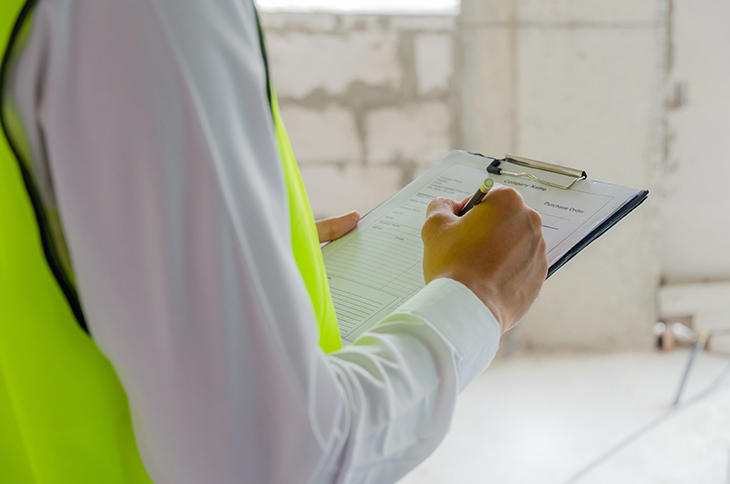Writing Safety Policies
February 29, 2024
When writing safety policies for a site safety plan, it's essential to be clear, concise, and comprehensive. Below are tips on crafting effective safety policies:
- Understand Regulations and Standards: Familiarize yourself with relevant regulations and industry standards pertaining to construction site safety. Your policies should align with these requirements.
- Customize for Specific Hazards: Tailor safety policies to address the specific hazards present on your construction site. Consider factors such as the type of work being done, equipment used, and environmental conditions.
- Use Clear and Simple Language: Write safety policies in language that is easy to understand for all workers, regardless of their level of education or experience. Avoid technical jargon and use straightforward terminology.
- Be Specific and Detailed: Clearly outline expectations and procedures for various safety-related tasks and activities. Provide specific guidelines on how to perform tasks safely and what actions to take in case of emergencies.
- Include Responsibilities and Accountability: Clearly define the responsibilities of workers, supervisors, and management regarding safety. Outline accountability measures for non-compliance with safety policies.
- Address Training and Education: Specify the training requirements for workers, including initial orientation and ongoing training. Outline topics to be covered and frequency of training sessions.
- Provide Resources and Support: Identify resources available to support safety initiatives, such as personal protective equipment (PPE), safety equipment, and training materials. Ensure that workers have access to these resources.
- Promote Reporting and Communication: Encourage workers to report safety concerns, incidents, and near misses promptly. Outline procedures for reporting and investigating incidents and ensure confidentiality for those reporting concerns.
- Include Emergency Procedures: Detail procedures for responding to emergencies such as fires, medical emergencies, or hazardous material spills. Identify emergency contacts, evacuation routes, assembly points, and the roles of different personnel during emergencies.
- Regular Review and Revision: Establish a process for regularly reviewing and updating safety policies to reflect changes in regulations, industry standards, or site conditions. Solicit feedback from workers and supervisors to identify areas for improvement.
- Lead by Example: Demonstrate a commitment to safety at all levels of the organization, from management to frontline workers. Encourage a culture of safety where everyone feels empowered to prioritize safety in their work.
- Seek Input from Stakeholders: Involve workers, supervisors, safety professionals, and other relevant stakeholders in the development of safety policies. Incorporate their input to ensure policies are practical and effective.
By following these tips, those in the construction industry can develop safety policies that effectively promote a culture of safety and protect the well-being of workers on construction sites.
Learn more about HazTek Safety & OSHA Training.
